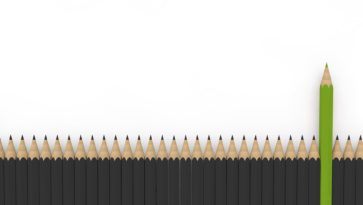Take Advantage of the HST Rebate on Your Investment Property
Did You Know?
The government sanctioned HST rebate program is a dollar amount already reflected in new home purchase prices. When you buy directly from a builder, the purchase price you see already has the HST rebate built into it. While this sounds fine and dandy upon first glance, it can actually be quite misleading when we get to the crux of the matter because this already reduced purchase priceonly applies to buyers who plan to live in the property they’re purchasing.
But What If You’re an Investor?
Oftentimes investors aren’t notified of the fact that they must pay the HST rebate until they’re about to close on their property and the words “investment property” somehow make their way to the surface of the conversation.
And then you have a decision to make: take the easy (and illegal) road and carry on as though you are going to live in the property hoping you won’t get caught, or bite the bullet, disclose your intentions and pay the HST rebate.
If you choose the latter, which you should, not to worry! You’re only out of pocket for a very short period of time. And this is what so many real estate investors don’t know.
About the HST Rebate
In order to qualify for the HST rebate, two key requirements must be met.
- It must be a new home purchase.
The HST rebate only applies to new home purchases in which you buy directly from the builder either pre or post construction. It does not apply to resale property purchases. - The home must serve as someone’s primary residence.
Here’s where a lot of investors are misinformed or ill advised. An assumption is often made that because the owner will not inhabit the property personally, the HST rebate cannot be claimed. This is incorrect. If the owner leases the property to a tenant as a primary residence, the HST rebate can be claimed as soon as a tenant is secured.
When It Doesn’t Apply
If you plan to buy a new property and then flip it upon final closing, here is one scenario where you are not eligible for the HST rebate. In recent years, investors have made significant returns on their preconstruction purchases in Toronto and the GTA that, upon closing, are worth a lot more than when they originally made the purchase. In such cases, owners often choose to sell immediately upon closing, qualifying the purchase as a “flip”. Since the property at no point served as a primary residence, the HST rebate does not apply.
How it Works
When you buy directly from a builder, the purchase price you pay is already reflective of HST and the HST rebate. There is a specific formula to calculate the total value of the HST rebate on any given property but it tends to be somewhere in the vicinity of $17,000 to $24,000.
- If the home is your primary residence, the purchase price stays the same and the builder receives the rebate directly from the government upon closing. In this case, new homebuyers benefit from a seamless process and need not worry about applying for the HST rebate on their own.
- If, on the other hand, the home is not your primary residence, this must be disclosed to the builder prior to closing. You are then responsible to pay the purchase price plus the HST rebate amount of $17,000 to $24,000 upon closing.
- If you fall into the second category, then you must take one final step after you’ve solidified a tenant in your property. Fill out the required government form and send it in to the CRA. Within 4-8 weeks you will receive a cheque for the full amount of the HST rebate you paid upon closing.
Play Smart
One of the biggest mistakes real estate investors can make is trying to pull a fast one on the government. If you do not disclose the fact that your new home purchase is in fact an investment property and you forego the HST charge upon closing, the government will, with little doubt, find out eventually. Yes, the additional HST charge is not pleasant but it’s only temporary and applying for the HST rebate is quite a simple, straightforward process.
If (or should we say when) you are “caught” and the CRA correctly identifies the fact that your purchase was in fact for investment purposes, you will receive a bill in the full amount of the HST rebate ($17,000 to $24,000) and you will no longer be eligible for reimbursement.
Plan Ahead
So, be prepared. Make a sound plan ahead of time. Budget for the temporary outlay of the HST upon closing before you receive the rebate in the mail. If you have enough borrowing capacity and you manage the process correctly, you may be able to roll the HST into your mortgage which will make it much more manageable – in fact, you’ll barely notice.
Keep in mind this article is meant to provide you with general information. There are special circumstances that may apply to your specific situation so please be sure to consult with your accountant. It’s a good idea to use a qualified accountant who’s knowledgeable about the HST rebate application process. If you need a referral, reach out!





